The road trip to Hunza via Gilgit, Chilas, Besham and Islamabad continues to its final leg. While the first two episodes documenting the road trip to Gilgit were completed and published in 2015, the Hunza episode remained outstanding. This year we were very fortunate that we managed to cover Skardu with a much larger group. As I sat down to document the summer of 2016, I had to do justice to our Hunza experience.
Gilgit Baltistan is a unique region. Whether you look at ethnicity, culture, heritage, architecture, natural resources, hospitality or beauty, it stands apart from the rest of the planet. Hunza and Khaplu are the two crown jewels of Gilgit Baltistan and if you have the capacity and the ability to visit, you should see both of them once in your life. Neither words nor pictures can describe what you will find and witness and till you do you will have no idea of what you have been missing.
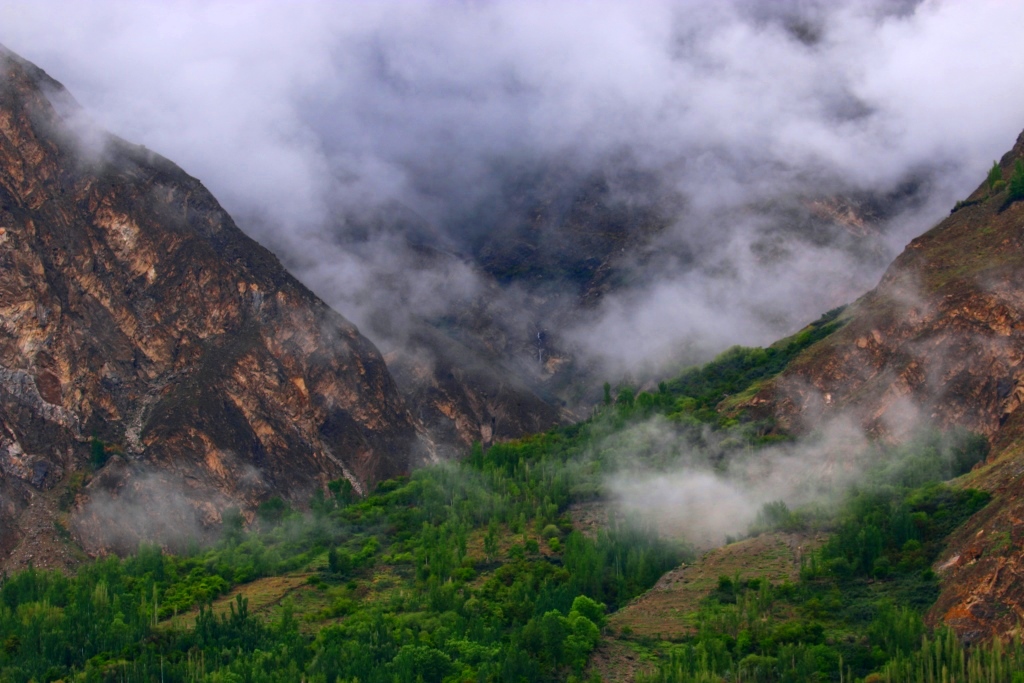
Once you reach Gilgit, the tail bone wrecking, weary, dusty part of your road trip is done. By June 2015, the CPEC corridor road had already reached the Raikot Bridge linking Chilas and Gilgit. Work was under way at numerous rough patches on the old Karakorum Highway (KKH) all the way upto Chilas and with weather and landslides permitting, the ride would be a much more smoother in 2016 and 2017.
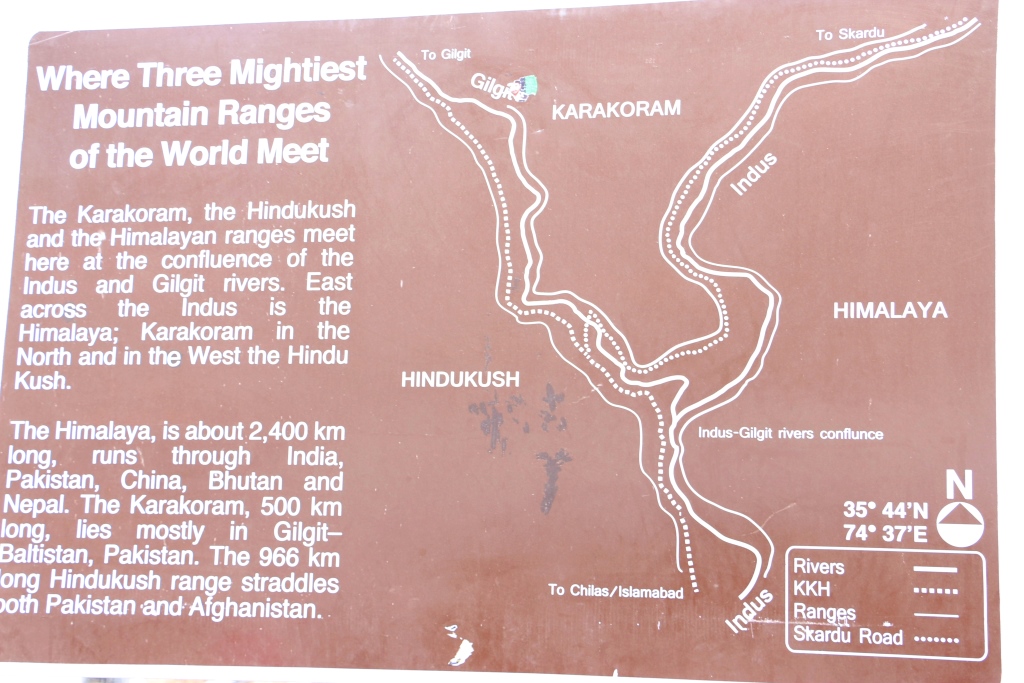
Which meant that the rough roads you had experienced upto Chilas, were a distant memory. The transition between the two highways, the old KKH and the new CPEC is marked by silence as the drone of tires crushing rough gravel is replaced by the quiet hum of the Silk Road. The river valley below is splattered with splashes of greens across grey slate – settlements on floodplains and old riverbeds; a patchwork of quilts running wild with bright greens of freshly sowed potatoes and golden shades of ripe wheat.

Compared to the effort required to reach Chilas, the Gilgit Hunza ride is a barely noticeable 90 minutes on a dual track asphalt highway built to Chinese specifications. The drive is a joy and both the driver and the Grand Cabin we have been using for transportation swoon as soon as they get their wheels on it.
An ideal schedule should allow you to arrive in Gilgit and rest for a day before heading out to Hunza. While you cross the view point Rakaposhi on your way to Hunza, the Gilgit Serena sunrise and sunset with the back drop of the snow covered summits is an experience that should not be missed.
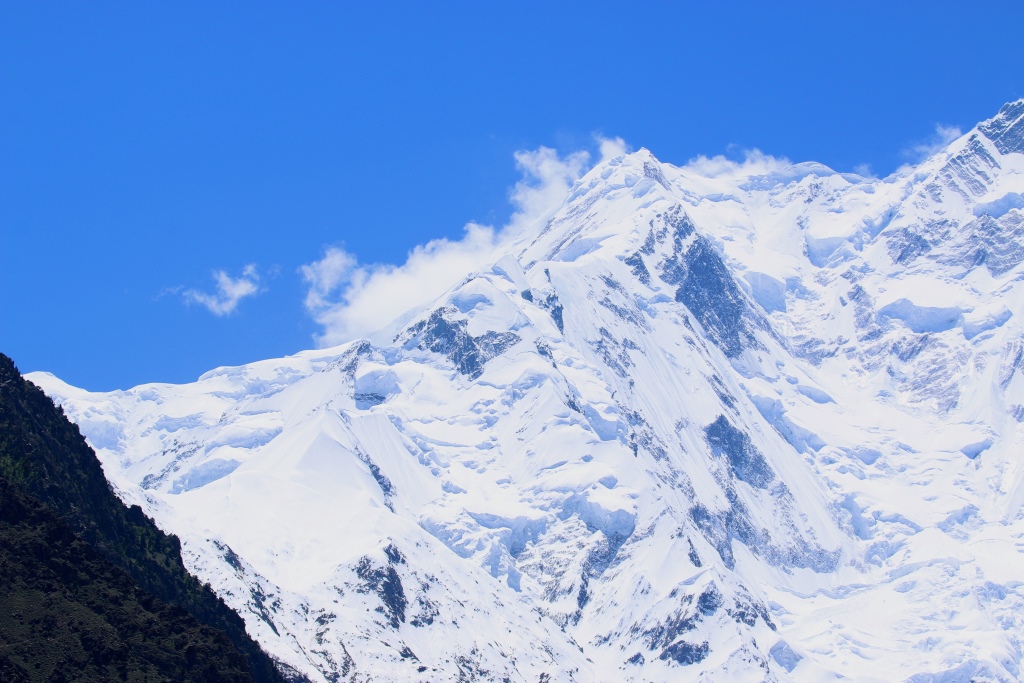
The most common destination in Hunza is a small village / town called Karimabad, home to bed and breakfasts with breath taking views. Compared to the Serena in Gilgit, Hunza properties are a step down but they more than make up for it by their hospitality, their food and the scenic wonders you wake up to every morning.
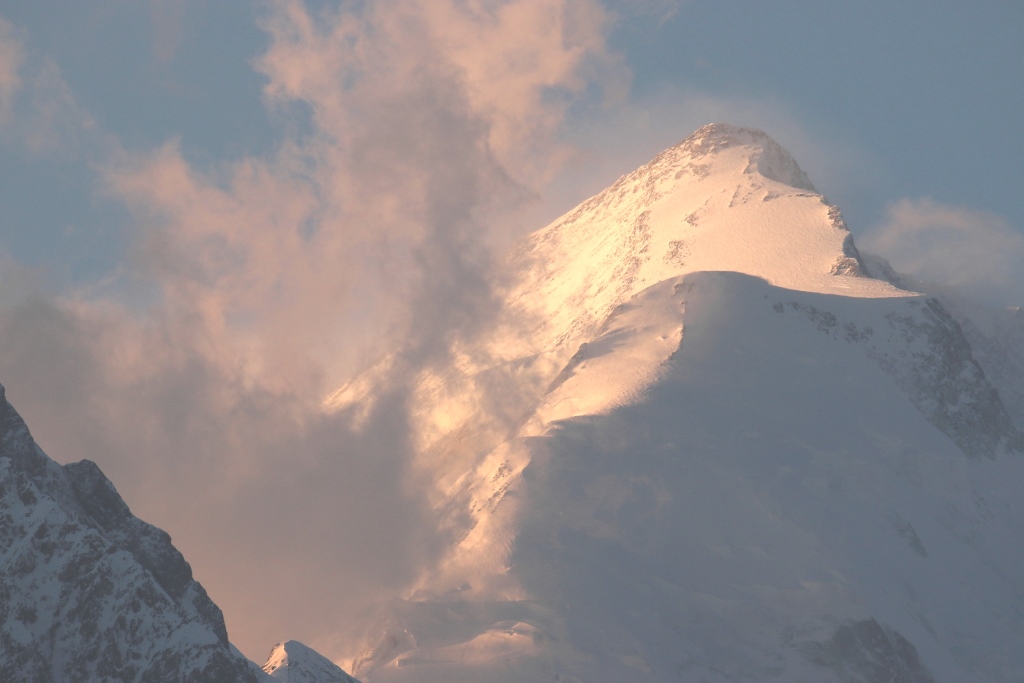
The one day break is also recommended to acclimatize yourself to higher elevation. While Gilgit proper is just under 5,000 feet (1,500 meters), Karimabad takes you over 8,200 feet (2,500 meters). If you are a heavy smoker, over weight or have had issues with breathing, either with your heart or lung capacity or asthma, you may susceptible to altitude sickness and vertigo at that elevation. If the sickness hits you it takes about a day or two to recover and catch your breath. Standard prescription is to chill, rest, sleep and consume as many liquids as you can without throwing up.
If you are travelling with the elderly or not game for intense physical activity, treks or uphill climb, Hunza may represent a bigger challenge. We still managed to travel with one set of grand parents who were quite taken with our final destination.
We had picked the Serena Baltit Inn in Hunza for our three day break. A cozy Serena property that looks down on the Hunza valley with decent rooms, great food and most importantly warm water. From the courtyard of the Inn you can see the two restored historical forts, the hotel orchard, a family of magpies and the valley itself.
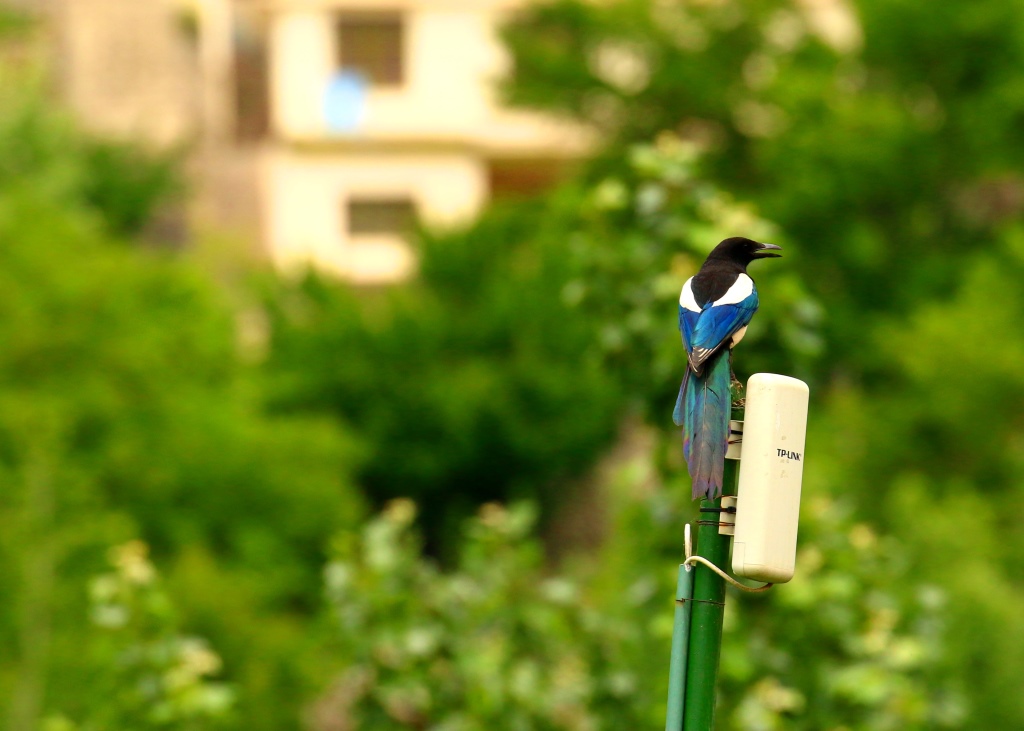
You will see stepped fields all across Gilgit and Hunza but they present a completely different perspective up close.
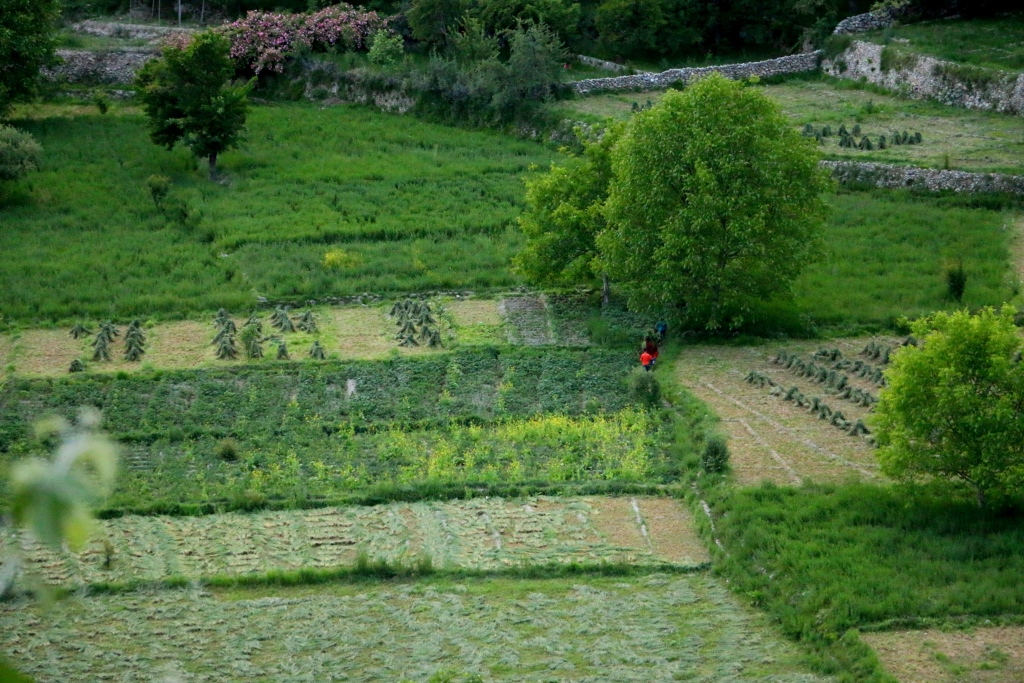
Grab a cup of hot coffee or chocolate, your board of scrabble or your favorite author and let your eyes imprint the view. Hunza is a U shaped valley with bronzed and rusted mountain slopes that have been domesticated by the local population. You see a mix of colors – inclines and drops with multicolored thatched roofs, towering trees and freshly sowed fields.
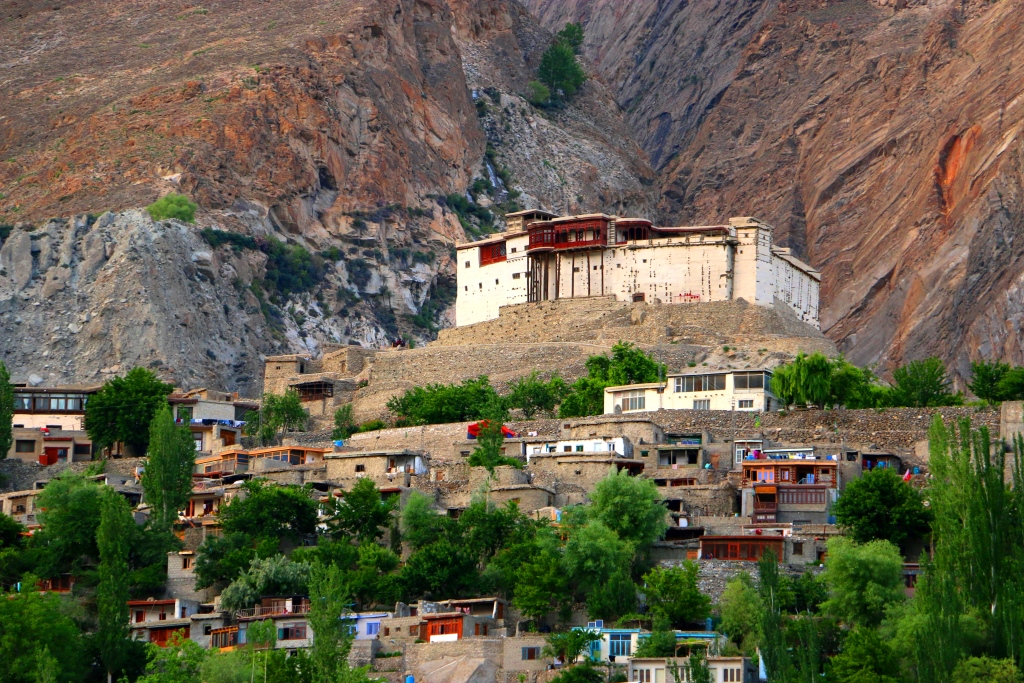
The valley has three historical forts. Two have been restored by the Aga Khan cultural foundation in collaboration with the Norwegian embassy in Pakistan. Both are strategically located but the Baltit fort sits like a ruling crown on one end of the valley.
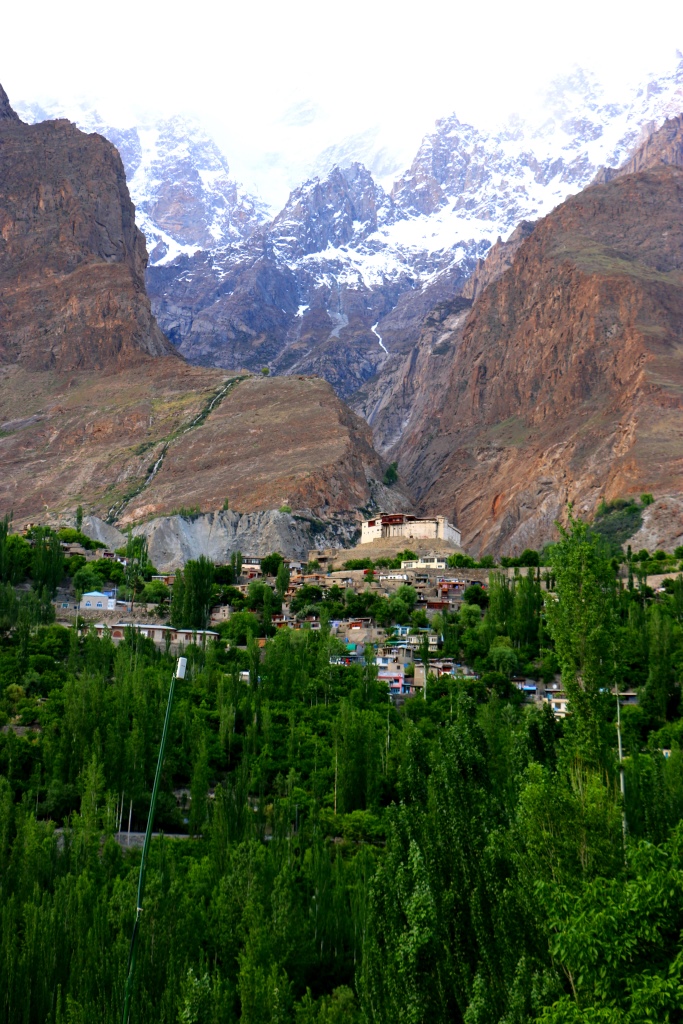
I still remember my first impression when we drove into Karimabad twenty five years ago with our college tour. We were a group of 40 odd rowdy teenagers who had been on the road for two weeks by the time we made it to Hunza.

We were all left speech less as we came across the valley the first time. Despite the passage of two and a half decades and the many changes brought about by those years, the valley is just as breathtaking and isolated today as it was in the early 90’s.
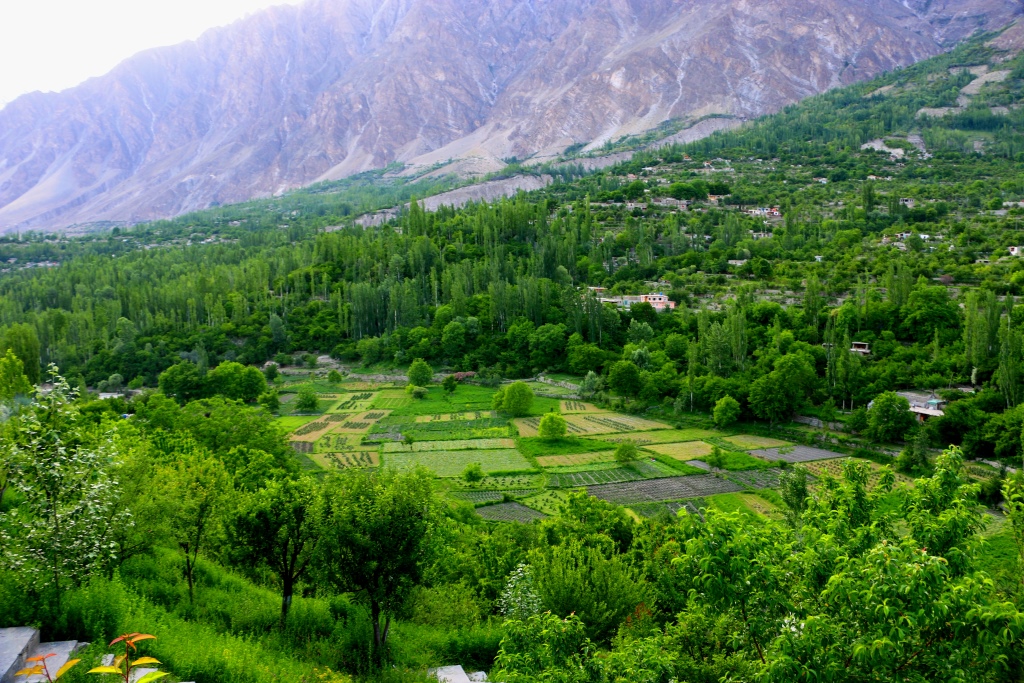
Things to do in Hunza.
Given Hunza’s central location, you do organize day trips and drives to Atabad lake, Khunjarab pass and Sost if you are interested in long drives and touching the China Border. If you would like a flavor of local history and pick some background on the old sultanate head to the Altit and Baltit forts. They both represent an experience you are unlikely to come across anywhere else. While the Altit fort is somewhat accessible for all ages, the Baltit fort is a challenge for grand parents.
Nagar valley is great for cherry hunting trip, river side picnics, and treks, trails and hikes. If you have come prepared do look at the multi day hike to Rakaposhi base camp. But it’s perfectly all right to just chicken out for a few days, lay low under your warm quilts, enjoy a hot beverage, polish off those scrabble skills and just enjoy the views. You would want to take them away with you in your mind by the time you are ready to leave.

